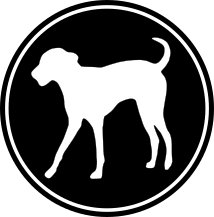Teaching basic obedience skills to a dog can be exciting as well as challenging. Having problems on where to begin. Start by doing your homework. A student can only be as good as his trainer, right? The first lesson in obedience is to get your dog to pay attention to the commands. You want to …
Continued from Part 1 The dog needs to learn to accept guidance from the handler. The key word here is guidance. The way many dogs act the first time an obedience exercise is asked of them in protection, I would say it is not disobedience that is happening. Often the dog can’t even hear the …
It’s club training day, phase B training is coming to an end. Time for the good stuff: Protection. Once the helpers, training directors and handlers set their mind on protection, obedience becomes a distant memory when it comes to training concerns. Obedience is over with the end of phase B. Or is it? Again, I …
Building Drive in Obedience Discussions over the last few years regarding the protection phase center around active and reactive aggression. In these discussions the importance of having a dog initiate the work is generally agreed to by most. The concept of having the dog initiate the work is seldom discussed regarding the obedience phase even …
Building Drive in Obedience Discussions over the last few years regarding the protection phase center around active and reactive aggression. In these discussions the importance of having a dog initiate the work is generally agreed to by most. The concept of having the dog initiate the work is seldom discussed regarding the obedience phase even …
I have created my own philosophy in obedience. (Although I am sure I just reinvented the wheel.) When teaching people in my club, I have found this to be the best way to explain what I need from them. This obedience theory is good for all three phases: obedience, tracking, and protection. I will address …
